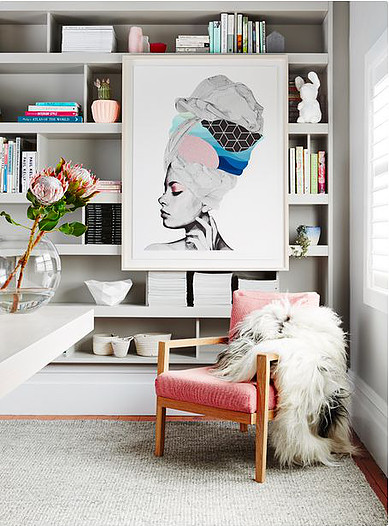I love Scandinavian style interiors, its all about functionality, simplicity and beauty, with its clean lines simple design and understated elegance.
This style of decorating our home is becoming more and more fashionable with many remembering the hype surrounding 'Hygge' back in 2016 and our love for Ikea. But there are easy ways of incorporating this look into your home without going for a full blown Ikea makeover.
There isn't one specific Scandinavian style interior but there are elements that make up and help define Scandinavian Interiors. These include mixing vintage and traditional pieces with modern furniture with clean and simple lines. Using materials that add texture into our homes and provide a feeling of warmth, such as wood, fur, linen, velvet, metallics. Layering all these textures in one scheme in complementary shades creates depth and adds interest to what could be an otherwise bland scheme.
One of the key elements to the Scandinavian look is the use of mirrors to reflect light around the room and the use of furniture that has reflective properties, such as gloss cabinets. Alongside this the use of greenery and foliage within the interior space is extremely important and you will find many of the homes will have both large scale plants and small succulents scattered around.
In terms of colour white is a key component to Scandinavian style interiors and works particularly well in South facing rooms where there is lots of daylight, the sun warms the colour up and the bright white walls helps bounce this sunlight around the room creating the feeling of airiness and spaciousness.
In North facing rooms you would need to add in warmer whites that have a touch of grey as their base colour, Farrow and Ball colours such as Cornforth White or Ammonite that would be perfect for this.
The white base used in many Scandinavian schemes acts as a great base for pops of colour, including black which adds a bit of drama to any scheme.
And last point to bear in mind, don't over decorate! Scandinavian interior design is about keeping things simple and not cluttered. Easier said than done for many of us, no matter how much we love the aesthetic!

























































